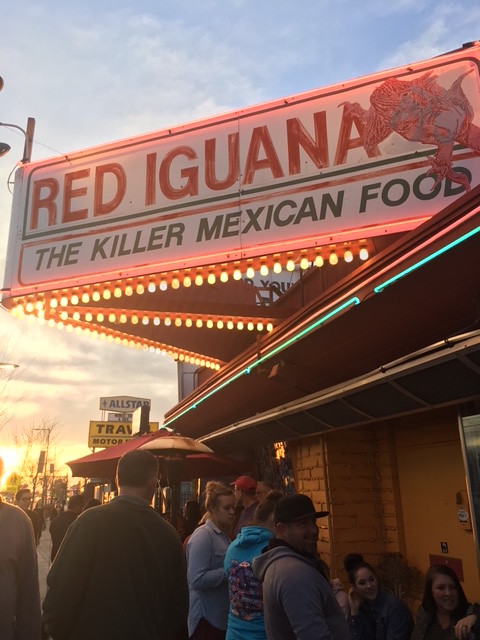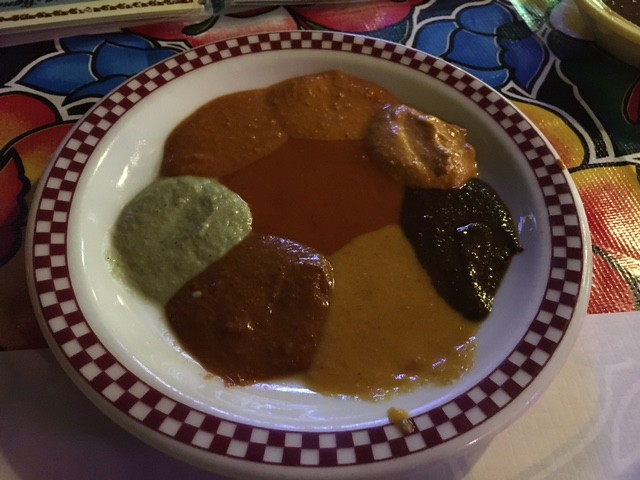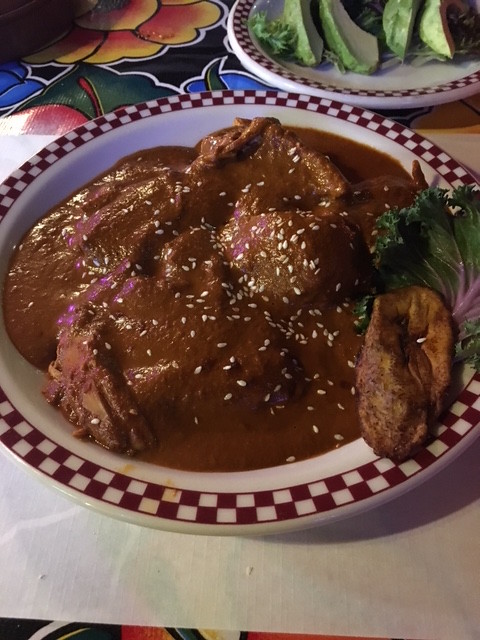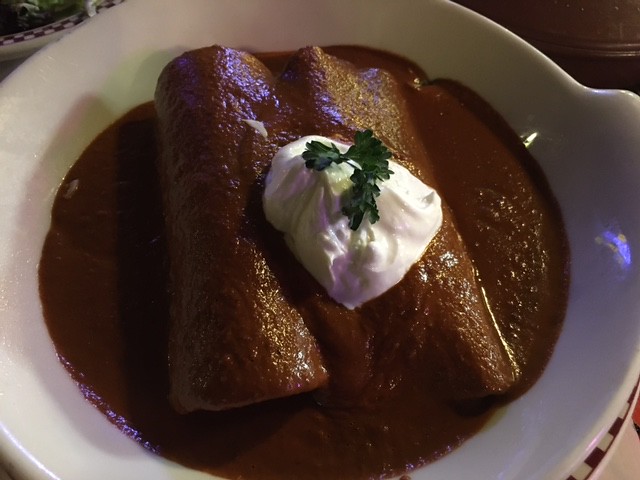In 1989, I made my first trek to Salt Lake City’s famed Red Iguana restaurant.
I was just 14 then and had gone to the four-year-old Mexican restaurant during a solo trip to see my brother, who lived in the area.

This was before there was any notion of foodies. Facebook was still years away from development. Social media didn’t exist. No Instagram to spread snapshots of the restaurant’s authentic dishes, like their Red Pipian mole or Chile Rellenos.
People heard about the Red Iguana from other diners.
And the word spread quickly so that long lines out the door and wait times of an hour or more became commonplace.
The Red Iguana quickly became the stuff of legend.
While I can’t say definitively why the restaurant has become an institution in the area – given its location literally across the train tracks and in cramped quarters – I’d guess that its fame is largely thanks to its authentic Mexican dishes, especially those that aren’t often readily accepted by American palates like mole.
Below, here are 7 lessons about mole I learned at the Red Iguana.
There’s no one “mole"
Simply put, mole is a sauce. Most often this sauce revolves around a complex concoction of chiles, nuts and even fruits, depending on the variety. But there’s not just one type of mole. Mexico has hundreds of different versions. At the Red Iguana, you can ask for a mole sampler plate to get a taste of all those offered at the restaurant.

Mole is considered Mexico’s “national dish"
Mole varieties and flavors abound, but arguably the most popular and common one is tied into the legend of mole’s origins in Puebla, Mexico. Puebla claims to be the mole’s birthplace. The characteristic red color of Mole Poblano comes in large part from the earthy, sweet dried ancho chiles that give this version its hue, and its flavor profile. The legend goes that a group of 16th century nuns in Puebla needed to develop a special dish in a hurry to serve for an unexpected visit by an archbishop. They ground nuts and dried chiles to develop a thick sauce that is now known as Mole Poblano. That dish went on to become a national favorite.

Mole comes in different heat profiles and textures
With so many various types of moles it’s not surprising, then, that they have distinct textures and levels of heat based on the ingredients. For example, the Red Iguana’s Mole Verde had a bright flavor courtesy of an assortment of greens like cilantro, basil, chile poblano, zucchini, avocados, and jalapenos. But other versions have a different heat index, thanks to hotter chiles like the habanero tucked into Mole Amarillo.
Yes, there’s chocolate in mole
Well, not every mole. But several varieties, such as the traditional Mole Poblano, include Mexican chocolate, which provides added depth to the sauce. Don’t worry - it doesn’t taste like you’re eating a candy bar crunched into enchilada sauce.
Bananas aren’t just for snacking
The menu at the Red Iguana lists out the main ingredients in each of the varieties. I couldn’t help but ask my server about one – bananas. The fruit makes an appearance in the darker, richer mole versions, such as Mole Negro and Mole Poblano. Why bananas? My server explained that bananas gave the sauce a creamier texture.
Moles match meats
Certain mole varieties are most often paired with specific types of meats. Mole Poblano? Well, it’s best with turkey. Chicken and pork make an appearance in other moles, again depending on the flavor profile. Chicken is the standard, while those with sweeter undertones go nicely with pork.

If you think you don’t like mole, chances are you haven’t tried enough
I’ll fully admit, I didn’t care for mole the first time I had it. But I kept trying it and sampling other versions until I found my favorites. Mole Poblano is now a regular, albeit time consuming, dish that we make at our house. If you’ve tried mole before and haven’t liked it. Try again. And again. Chances are you’ll find a favorite.
Kristen J. Gough is the Global Cuisines & Kids Editor for Wandering Educators.
All photos courtesy and copyright MyKidsEatSquid
